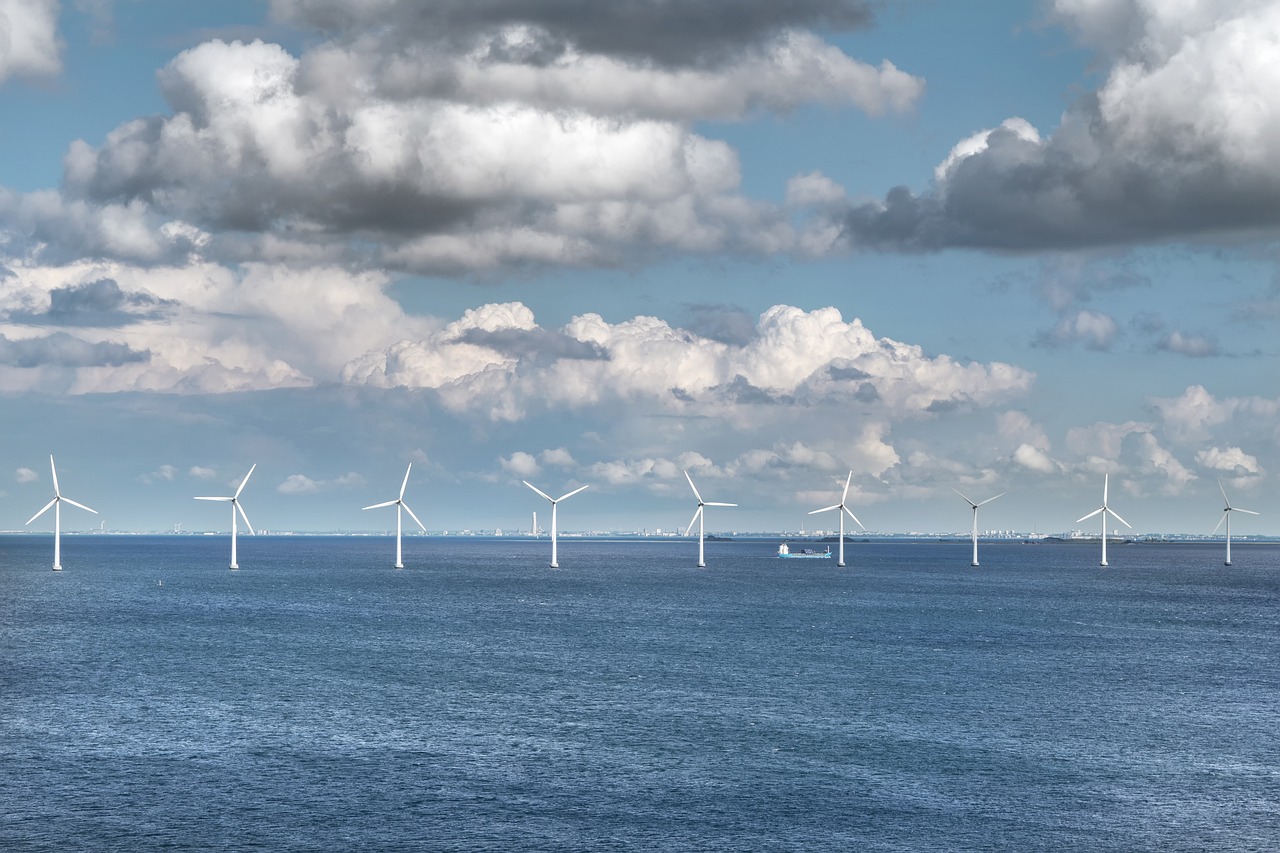Biden Administration Advances First-Ever Wind Leasing in Gulf of Mexico Amid Calls for Moratorium

The Biden administration has taken a significant step towards developing renewable energy by issuing a lease sale in the Gulf of Mexico. This is the first-ever lease sale for offshore wind energy in the Gulf, and it is seen as a major move towards President Biden’s goal of generating 30 gigawatts of offshore wind power in the United States by 2030.
The lease sale will offer 78.5 million acres of federal waters and is expected to generate billions of dollars in investment and employment opportunities. The sale also includes provisions for environmental studies and consultations with local communities to ensure responsible development of offshore wind energy.
However, some environmental groups have called for a moratorium on offshore wind leasing until more research and consultation can be done on the potential impact on marine ecosystems and industries such as fishing. The Gulf of Mexico is home to a diverse range of marine wildlife, including whales and sea turtles, and some worry that offshore wind development could disrupt their habitat.
Despite concerns from some environmental groups, offshore wind energy has the potential to greatly reduce greenhouse gas emissions and increase the use of renewable energy in the United States. Offshore wind turbines are capable of generating large amounts of electricity without the need for fossil fuels, making them a promising solution for combating climate change.
The lease sale in the Gulf of Mexico marks a significant step towards achieving President Biden’s ambitious renewable energy goals. As the United States moves towards a more sustainable future, it is important to balance the benefits of renewable energy with responsible development that takes into account the needs of local communities and the environment.
As of 2021, there were only a handful of offshore wind farms operating in the oceans around the U.S. The United States’ first offshore wind farm, the Block Island Wind Farm off the coast of Rhode Island, began commercial operation in 2016 with five turbines and a capacity of 30 MW. The second offshore wind farm, the Coastal Virginia Offshore Wind (CVOW) pilot project off the coast of Virginia, began operations in June 2020, with two turbines and a capacity of 12 MW.
There are several other offshore wind projects that are currently under development, including the Vineyard Wind project off the coast of Massachusetts, which is expected to be the first large-scale offshore wind farm in the U.S. with 800 MW of capacity. Additionally, several other offshore wind projects have been proposed up and down the East Coast and West Coast of the U.S., indicating a growing interest in harnessing the potential of offshore wind energy in the country.
What Concerns Do Environmental Groups Have About Offshore Wind Farms
Environmental groups have raised several concerns regarding the potential impacts of offshore wind farms on marine ecosystems. The construction of offshore wind turbines and the laying of transmission cables can cause physical disturbances to the seabed, potentially affecting the habitats of marine species such as fish, sea turtles, and whales. Noise pollution from pile driving during the installation of the offshore wind turbines may also affect marine mammals, which use sound for communication and navigation.
Another significant concern is the potential for bird strikes, particularly for offshore wind farms located in migratory flyways. Birds, including endangered and threatened species, could collide with the spinning turbine blades, resulting in injury or death. Additionally, the high radar profile of offshore wind turbines can interfere with military operations, aviation, and maritime navigation, leading to potential conflicts with other uses of the ocean.
Furthermore, some environmental groups worry that offshore wind farms could have visual impacts on coastal communities and negatively affect tourism and recreation industries. There are also concerns related to the disposal of decommissioned turbines and the environmental impact of the materials used in their construction.
While these concerns are legitimate, responsible development of offshore wind energy with proper research, planning, and consultation with local communities and environmental experts can help mitigate potential negative impacts while maximizing the benefits of renewable energy.
How Many Wind Farms Are In America?
According to the American Wind Energy Association (AWEA), as of 2021, there were over 60,000 wind turbines operating in 41 states and two territories, with a total installed capacity of over 120,000 megawatts (MW) of wind power, which together make up around 10% of the total electricity generated in the United States.. It’s worth noting that the number of wind farms and installed capacity may change frequently as new projects come online and older ones retire.
In conclusion, the first-ever lease sale for offshore wind energy in the Gulf of Mexico is a promising development towards achieving the Biden administration’s goal of 30 gigawatts of offshore wind power by 2030. While some environmental groups have called for a moratorium on offshore wind leasing, responsible development with proper research and consultation can lead to sustainable energy solutions that benefit both the environment and local communities. As we continue to work towards reducing our reliance on fossil fuels, offshore wind energy remains a promising solution for a more sustainable future.